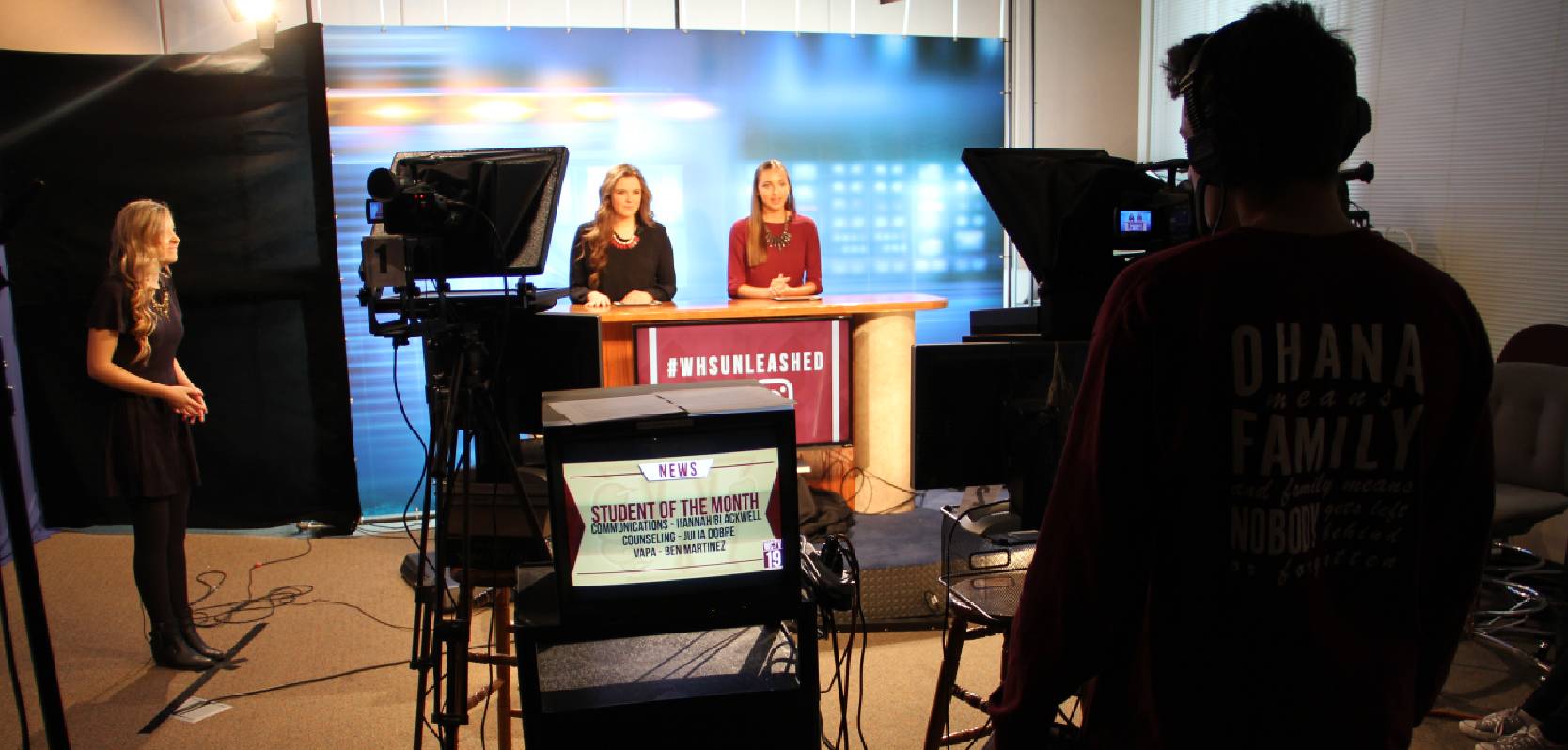Technological developments have dramatically changed the way we interact, obtain information and consume Broadcast media content. From the internet revolution to advances in artificial intelligence (AI) and virtual reality (VR), technological innovation has been a key driver of the transformation of modern media. In this article, we will explore how technological innovation has changed the media landscape, shaped the user experience, and led to new developments in global communications.
Starting from the Internet Revolution, the Democratization of Information The Internet Revolution has changed the way we access information and interact with each other. With the emergence of online platforms such as news sites, social networks and blogs, individuals now have direct access to news, views and content from around the world. This has enabled the democratization of information, allowing previously unheard voices to be heard and empowering society to participate in global dialogue. with the advent of Artificial Intelligence and Personalization of Content and Artificial intelligence technology has opened the door to better personalization of content in media. AI algorithms enable media platforms to analyze user preferences and provide individual relevant and interesting content recommendations. This not only improves the user experience, but also allows marketers to send more effective messages to their audience. Virtual and Augmented Reality: Immersive Media Experiences Advances in virtual reality (VR) and augmented reality (AR) have taken media experiences to a higher level. From virtual tours to VR music concerts, this technology allows users to experience media content in an unprecedented way. This has opened the door to new creative experiments in content creation and provided a more immersive experience for users.

Use of Social Media and Collaborative Networks Social media has become a dominant force in the transformation of modern media. From Facebook to Twitter, social media allows individuals to share information, interact with friends and family, and engage in discussions on a variety of topics. Additionally, social media has also facilitated the formation of online communities, allowing individuals with similar interests and beliefs to connect and collaborate.
Challenges and Opportunities in the Digital Era Although technological innovations have brought great benefits to modern broadcast media, they also face new challenges. One of the main challenges is the issue of trust and fairness in the delivery of news. With the rise of fake news and media polarization, it is difficult for society to differentiate between facts and opinions, which can disrupt healthy social and political dialogue. Apart from that, privacy and data security issues are also a big concern in this digital era. However, with challenges also come opportunities. New technologies and online platforms allow people to participate more actively in the production and distribution of media content, expanding the diversity of viewpoints and increasing access to information. This opens the door to broader and more inclusive discussions about social and political issues that affect us all.
In an era where technology continues to develop rapidly, the transformation of modern broadcast media continues. From the internet revolution to advances in artificial intelligence, virtual reality, and social media, technological innovation has changed the global communications landscape. It is important for us to understand the role of technology in this media transformation, as well as the challenges and opportunities it faces. With a deeper understanding of technology’s impact on media, we can take steps to ensure that this transformation aligns with the values we hold as a globally connected society.



